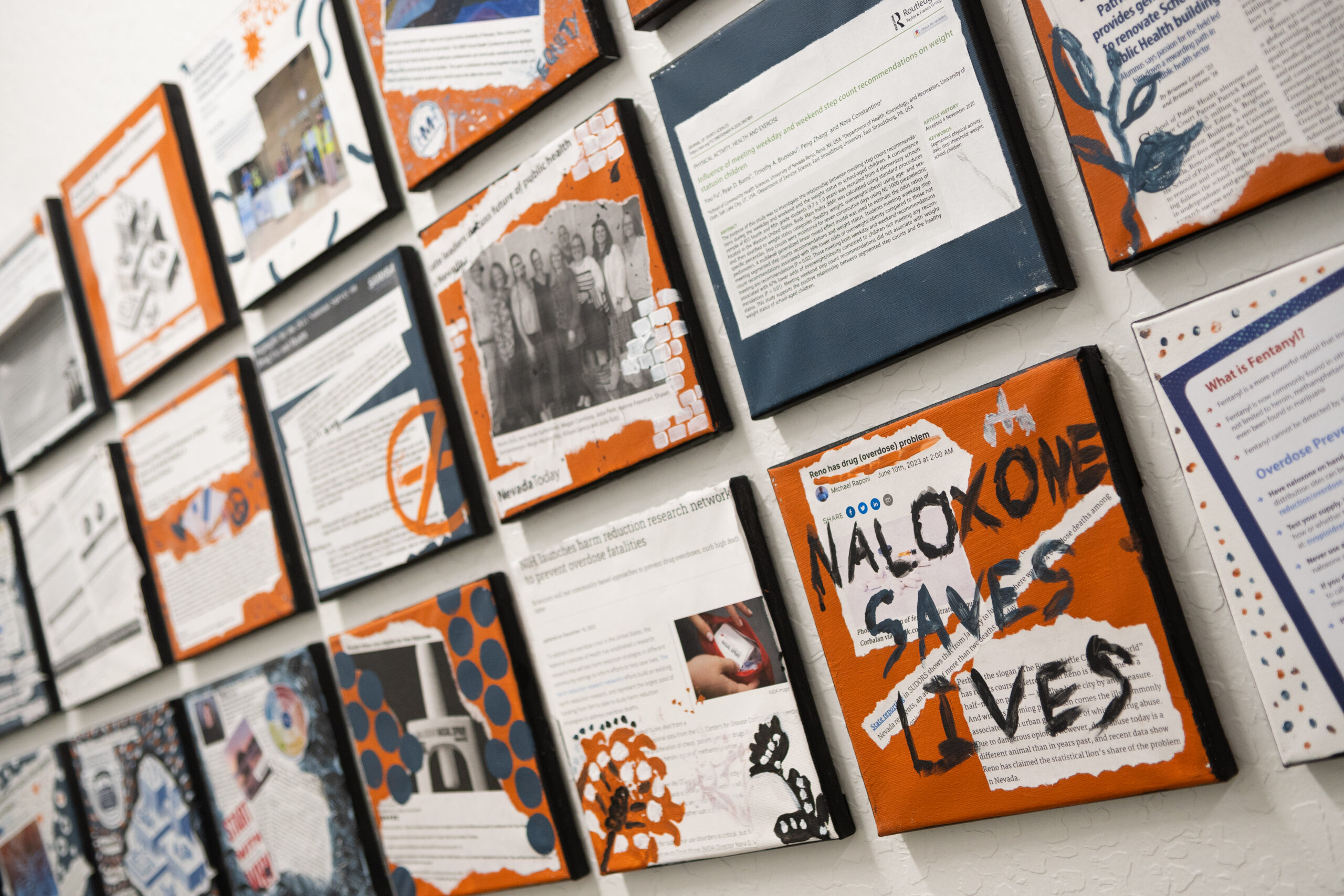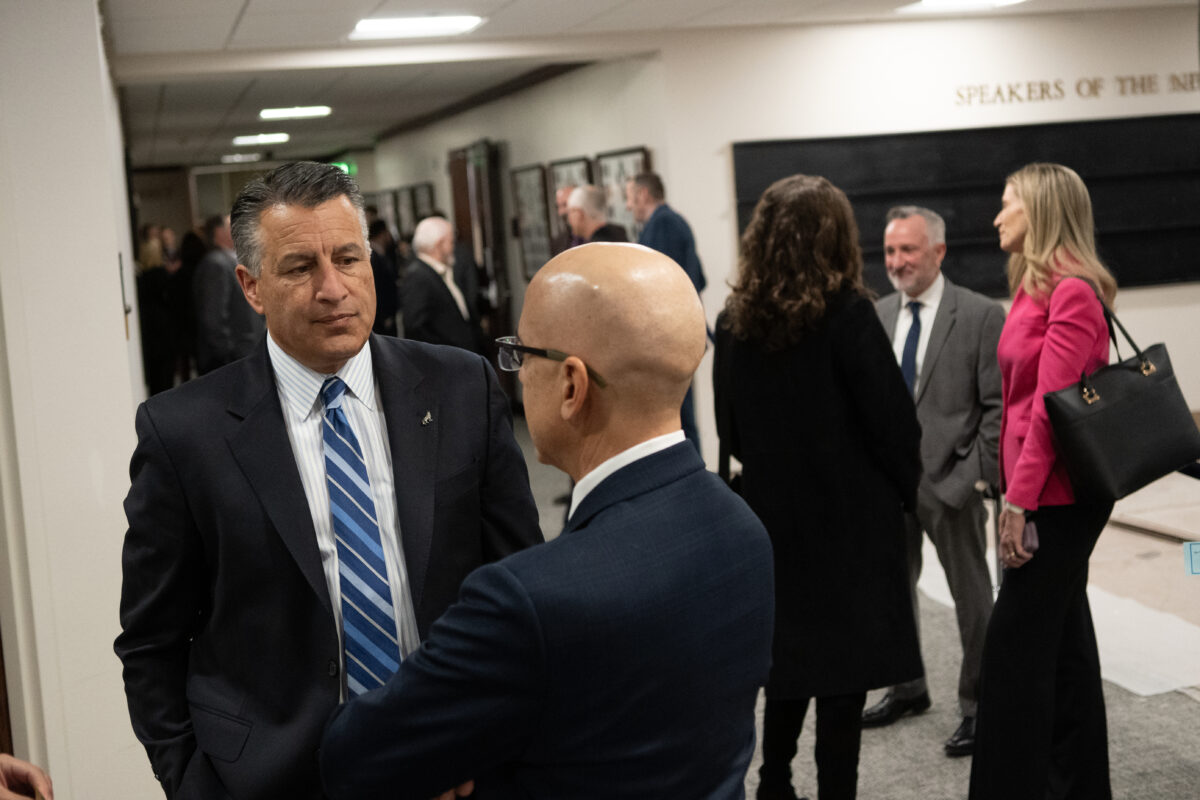'Lives are at risk': Federal funding cuts threaten Nevada drug overdose research

For more than 15 years, Karla Wagner has studied ways to reduce drug overdose deaths.
Wagner, a foundation professor at the UNR School of Public Health, says her work is especially critical in Nevada — one of just five states in the nation where the drug overdose death rate rose between 2023 and 2024, even as the rate finally fell nationally.
But with President Donald Trump’s administration — and Elon Musk’s Department of Government Efficiency — announcing significant cuts to the National Institutes of Health (NIH) research grant budget, research such as Wagner’s could be significantly imperiled.
“We've made a lot of progress in the last 10 years in addressing overdose deaths, and we know so much more than we did before,” said Wagner, who has continuously received funding from the NIH and the Centers for Disease Control and Prevention (CDC) since 2008 to conduct her research. “We have much stronger evidence than we did before. If that just stops, lives are at risk.”
On Feb. 7, the NIH announced that it would cap the rate it would spend on so-called indirect costs for research grants at 15 percent, tantamount to cutting billions of dollars for biomedical and public health research.
Agency leaders defended the policy by saying the new rates would ensure that grant funding goes directly to research rather than overhead costs. But Wagner and other scientists say that the two forms of funding are inextricable — that the impact of direct research would be significantly muted without the accompanying administrative funding for support staff and facilities that the Trump administration seeks to limit.
In response to the funding cuts, 22 Democratic attorneys general, including Nevada’s Aaron Ford, sued the NIH last week and were successfully granted a temporary restraining order halting implementation of the policy.
According to the lawsuit, Nevada universities currently receive nearly $120 million in NIH research funding annually for studies into everything from esophageal cancer to Alzheimer’s disease to sleep. The suit alleges that setting the indirect cost rate at 15 percent (UNLV’s rate is 51 percent and UNR is at 47 percent) would mean that Nevada universities would cumulatively lose out on nearly $7 million in funding, compromising payroll, facilities maintenance and the ability to support clinical trials.
A court hearing on the policy is scheduled for Feb. 21.
Given the judicial order, UNR President Brian Sandoval — a former Republican governor of the state — advised faculty in a public letter last week to continue their work on federally sponsored research. In his letter, Sandoval listed the research infrastructure costs that would go unfunded if the cuts persist and defended the importance of the university’s scientific research.

“All research that is conducted at our University … is critical to the fulfillment of our mission in serving the citizens of our state,” he wrote. “The medical and scientific discoveries made on our campus throughout our 150-year history have been central to realizing a healthier and more prosperous future for all Nevadans.”
But legal uncertainty surrounding the federal effort to eliminate research funding is chilling for researchers such as Wagner, who says without continued federal funding that research momentum into opioid overdoses in Nevada would grind to a halt.
“I am one of the only people in Nevada doing this kind of research,” Wagner said. “So if this research infrastructure goes away, Nevada policymakers [and] Nevada program folks are left with no locally generated evidence to inform their decision-making.”
Wagner’s lab
Wagner’s research involves working out of a field site to generate research into drug overdose prevention, and then disseminating the findings to government officials, including testifying at the state Legislature. Her studies informed the passage of Nevada’s 2015 Good Samaritan Drug Overdose Act, which made opioid overdose reversal drug naloxone more accessible and provided protections for those administering it in the event of an overdose.
Currently, Wagner is the beneficiary of three federal grants — totaling over $1.1 million — to study the relationship between fentanyl and methamphetamine in overdose deaths and the effectiveness of providing naloxone to parolees, among other topics. And she has two potential future grants under review, one to create a center for research into substance abuse in Nevada and another to test a novel intervention for opioid death reduction.

UNR charges federal grantmakers a 47 percent indirect cost rate to support its research administration; for Wagner, the total value of her current grants from NIH is $784,000. According to UNR’s rate, NIH also pays $369,000 in facilities and administrative costs for Wagner’s work, which enables the university to pay grants management staff, from preparing grant applications to negotiating contracts to ensuring research compliance with federal regulations.
Administrative assistants, department supplies and equipment maintenance, to name a few items, are all funded through the indirect cost part of the federal formula, and cannot be paid through direct grants. Wagner employs four students, two full-time staffers and six part-time staffers, all funded by NIH.
If the cut goes through, Wagner would only receive $117,000 for indirect costs — making her concerned about her lab’s ability to continue its research.
UNR and UNLV achieved R1 — or “very high” — research status in 2018, a significant distinction that enables substantial federal funding opportunities and the ability to attract top faculty. But Wagner fears the progress that UNR has made since achieving that elite status could be lost if the NIH cuts persist.
“The ability to be that productive and meet those metrics is because we've built the infrastructure,” Wagner said. “And if we had to lay people off, we would lose all that institutional knowledge.”
